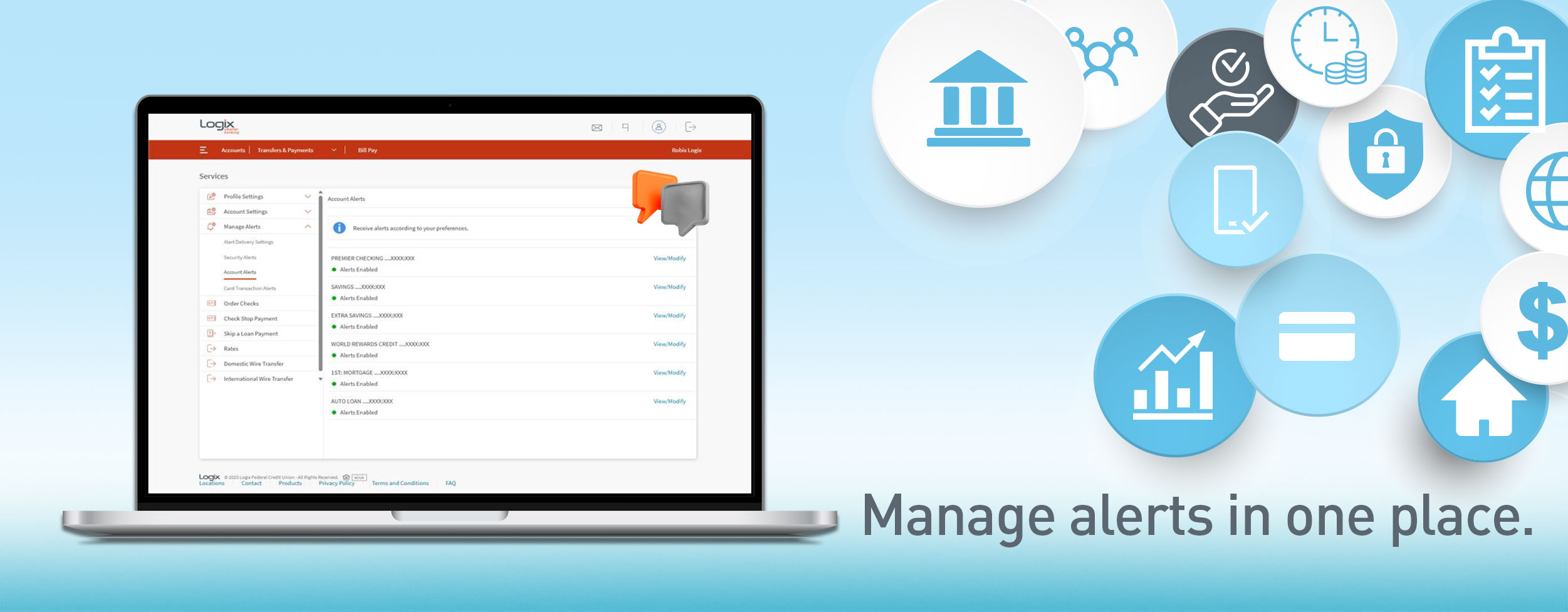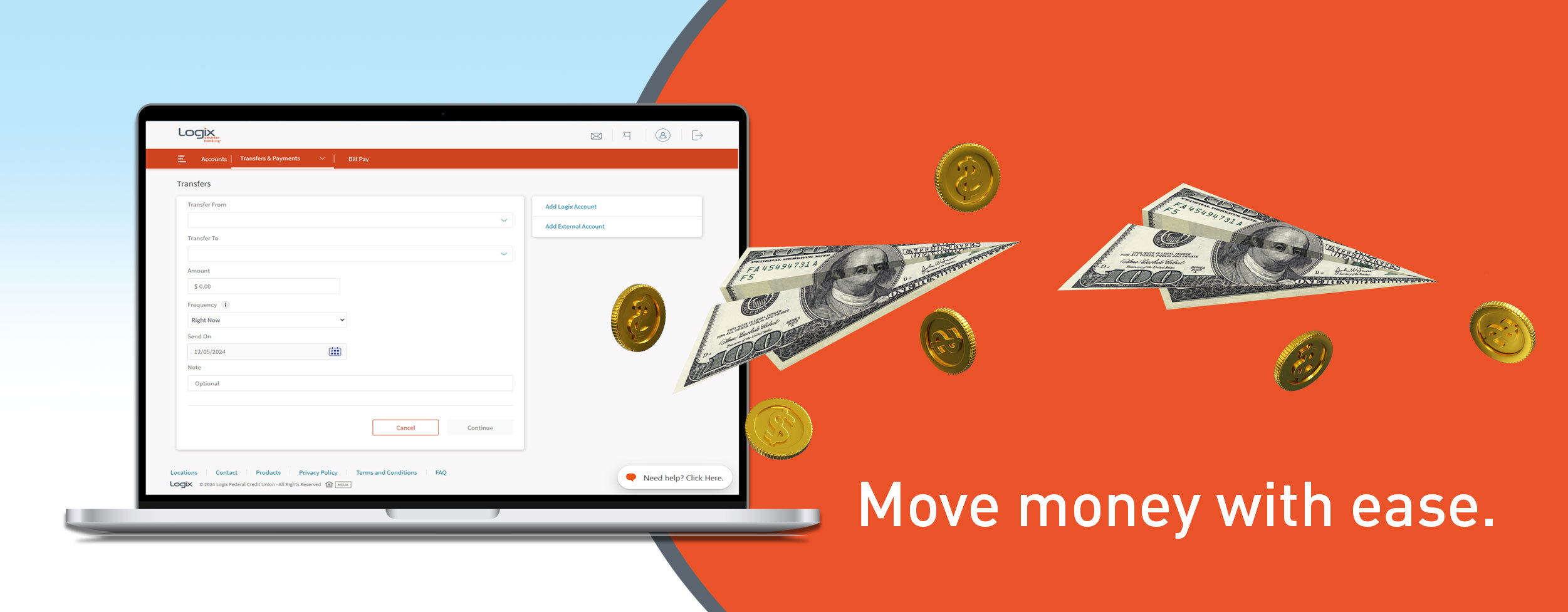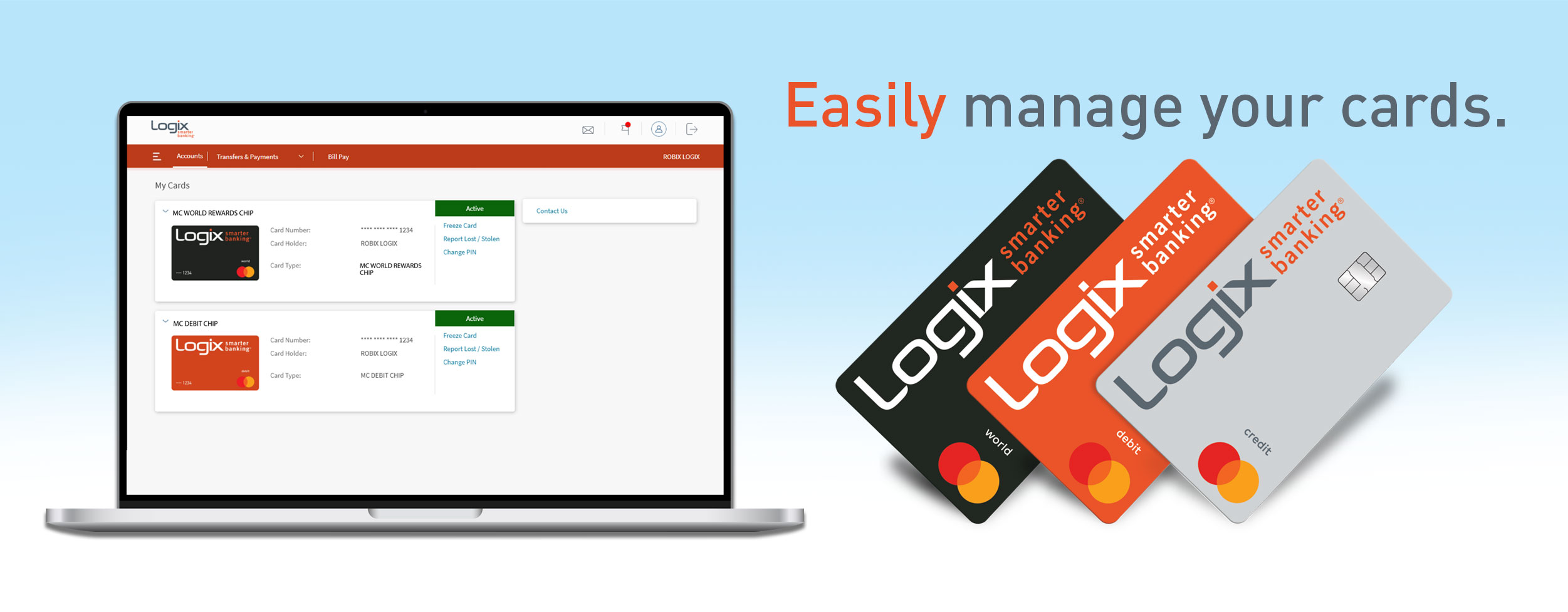
Debt is a lot like snow. The more it accumulates, the more damage it can do.
Did you know it only takes two feet of compressed snow to stress the roof of your home and set it up for a potential collapse? While homeowner's insurance can cover repair costs, there's no such insurance policy that can help you recover from the destruction caused by the weight of debt.
If you're struggling to pay bills or can't seem to make progress on your emergency savings fund, too much debt might be to blame. Fortunately, there are two proven debt repayment methods that allow you to melt away years of debt accumulation.
Debt Snowball Method
A wet, slushy snowball can rapidly increase in size and intensity when you add more snow and compact it into a tight ball. And with some momentum, you could take that handheld mass, roll it into a giant snowball, and build a decent-sized snowman. The debt snowball repayment method also starts small, gains momentum over time, and isn't nearly as challenging as building Frosty. It’s a popular debt payoff restructuring method because progress is most evident. Here's how to apply the debt snowball in three easy steps:
Step 1: Start by listing your debts in order of balance owed. Pay off the smallest balance first.
Step 2: After that account is paid in full, apply the payment you made to the first debt on your list to your next smallest debt balance. This will increase the monthly payment you make on the debt you're now focused on clearing, as it will include the minimum required amount plus the payment you were making to the first debt you paid off.
Step 3: Continue to plow debt away by snowballing the monthly payment for each debt you focus on. Each eliminated debt builds the amount of cash available to pay off the next debt.
Throughout the debt reduction process, always make the minimum required payment on each account balance. The only debt that will receive a higher payment is the one you are working to dissolve. Remember to avoid adding any additional debt during the process.
Debt Avalanche Method
A snow avalanche can be deadly, but a financial avalanche can breathe new life into your finances. Instead of paying off debts according to their balance, the avalanche method eliminates debt according to interest rate. This method will save you the most money since you'll focus on paying off high-interest rate debts first, saving on interest charges. Here's how to apply the debt avalanche in three simple steps:
Step 1: List your debts in order of annual percentage rate (APR). Pay off the debt with the highest rate first. You can cut unnecessary household expenses and use tax refunds, work-related bonuses, or money from a side job to pay off the first debt on the list as quickly as possible.
Step 2: After the first debt is paid in full, apply the payment you were making to that account to the one with the next highest interest rate. This will result in a larger payment for the second debt on your list. It will include the minimum required amount plus the payment you made to the first debt you paid off.
Step 3: Crush each debt by continually adding the recently eliminated debt payment to the minimum payment of the next debt on your list.
Remember, always make the minimum required payment on each debt every month. The only debt that will receive a higher payment is the one you are actively working to eliminate. Avoid adding additional debt during the process.
Which debt reduction method is right for you?
The debt snowball method lets you see individual debts disappear faster, drifting away one by one. This can be especially motivating for those who have more than a handful of debts to tackle. But since the process focuses on account balances, you may pay more overall in interest rate charges than if you use the avalanche method to eliminate debt.
If you're more interested in overall savings, the debt avalanche method reduces the chilling effects of compounding interest. Most credit cards compound interest daily, which means additional interest charges are calculated on your balance 365 days a year — including not only the amount borrowed, but the interest that's already accumulated as well. Because this strategy focuses on saving the most money in interest charges, it can take more time to pay off high balance accounts.
It's hard to start thawing a mountain of debt without the right tools. Stick to a proven repayment strategy to plow through debt so you can achieve your financial goals. You can find out how quickly you can pay off your debt using this calculator. Regardless of which method you choose, becoming debt-free will give you more room in your budget to achieve other financial goals. You'll be in control of your money instead of feeling trapped in an icy blizzard.
-------------------------
*Logix Federal Credit Union is not affiliated with NerdWallet, Omni Calculator, or MagnifyMoney, and is a separate entity. Please contact Logix at (800) 328-5328 or visit www.lfcu.com if you have any questions about this topic or would like to consider opening an account. This blog is intended for informational purposes only and is not provided as tax advice. Please consult with a tax professional or attorney for specific tax related questions. Logix is Federally Insured by NCUA and is an Equal Housing Lender.


%20(952%20x%20317%20px)-2.png)








